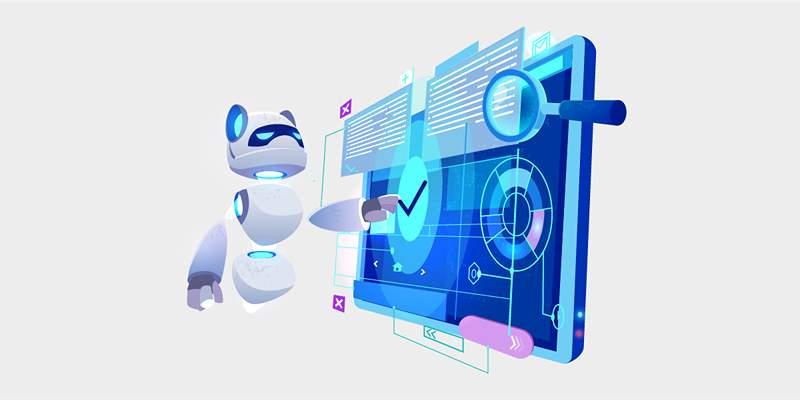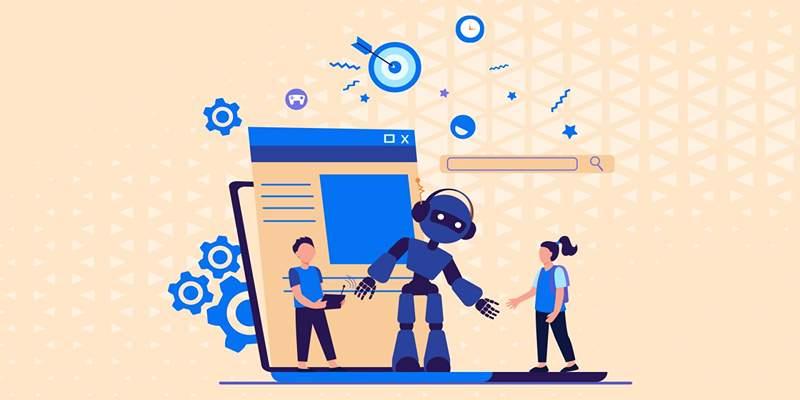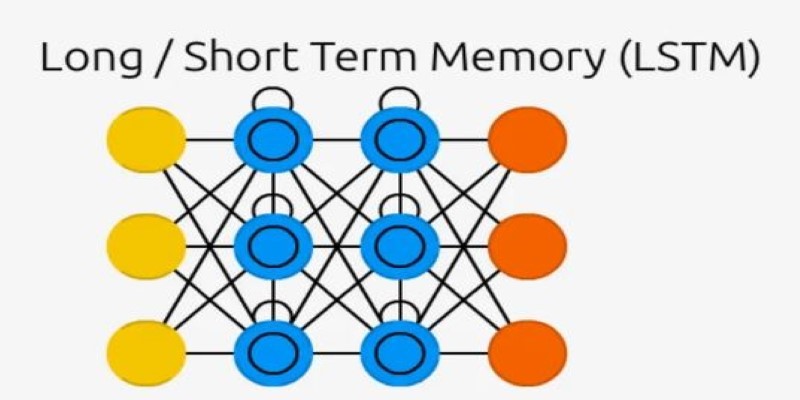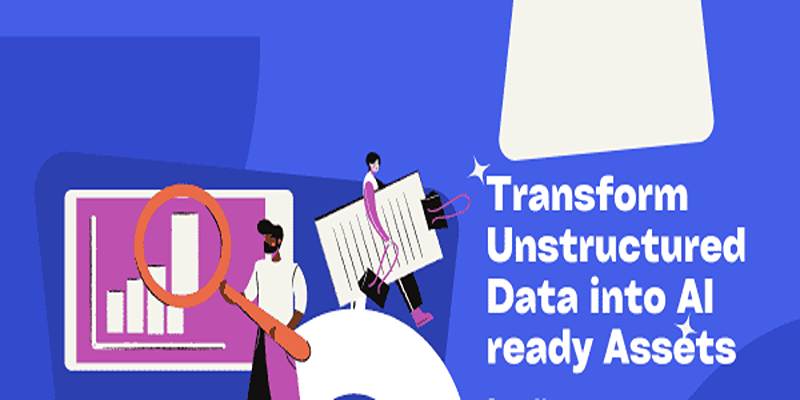Artificial intelligence (AI) has become an important part of modern technology. It powers a wide range of tools—from voice assistants and chatbots to fraud detection systems and self-driving cars. While these applications seem intelligent on the surface, their success depends largely on how they are built, tested, and maintained. One key practice that supports this development process is continuous testing.
Continuous testing ensures that AI applications work reliably over time by running automatic tests at every stage of development. This process helps developers find and fix problems early, avoid unexpected failures, and keep AI systems working smoothly. For businesses using AI in critical systems, continuous testing has become a must.
What is Continuous Testing in AI Application Development?
Continuous testing is an approach where testing is done repeatedly and automatically throughout the development of an application. Instead of waiting until the final stage to test the product, developers test the AI model, data pipeline, and code every time a change is made.
This method allows teams to discover bugs, data issues, or performance drops much earlier in the process. For AI applications, where models are trained on large datasets and learn patterns to make predictions, even small changes in data can cause big changes in results. That’s why regular testing is essential.
Characteristics of Continuous Testing:
- Tests are run automatically with each new update.
- Results are analyzed in real time.
- Feedback is shared quickly with the team.
- The system is continuously monitored after deployment.
By focusing on frequent and automated testing, continuous testing reduces risks and improves reliability in AI-driven systems.
Why AI Applications Rely on Continuous Testing

AI applications are different from traditional software. They learn from data and make decisions based on probabilities. It makes them more flexible but also more difficult to control. Continuous testing is important for these reasons:
Detecting Data Drift
Data drift happens when new data becomes different from the data used to train the AI model. If this drift is not identified, the model can start making poor decisions. Continuous testing checks for these changes and alerts developers when retraining is needed.
Maintaining Model Performance
AI models need to be checked often for performance issues. Over time, the accuracy, precision, or recall of a model can go down. Regular testing helps ensure the model is still making good predictions.
Ensuring Smooth Integration
AI systems are usually a part of larger applications. Continuous testing ensures the AI component works well with other parts, like user interfaces, databases, and APIs.
Reducing Time to Market
When testing is automated and ongoing, development becomes faster. Problems are found and fixed early, which speeds up the release of new features or updates.
Implementing Continuous Testing for AI Projects
Bringing continuous testing into AI development requires careful planning. A complete strategy should cover not only the software code but also the data and the model itself.
Step 1: Set Up an Automated Testing Pipeline
Automated pipelines are tools that automatically run tests whenever changes are made to the system. These pipelines should be designed to handle:
- Code validation
- Model performance tests
- Data quality checks
Tools like Jenkins, GitHub Actions, and GitLab CI/CD can help automate these tasks.
Step 2: Validate Input Data
AI depends on high-quality data. If the data is messy, the model will not perform well. Therefore, data validation must be part of the testing process.
Checks should include:
- Missing values
- Duplicate entries
- Inconsistent formats
- Outliers and unexpected patterns
Step 3: Test the Model Itself
AI models should be tested with different types of data to make sure they behave correctly.
Useful test cases may include:
- Testing with real-world scenarios
- Comparing predictions with ground truth
- Checking for bias in predictions
Step 4: Monitor After Deployment
Continuous testing should not stop after the AI model is launched. Real-time monitoring ensures that any drop in quality is detected quickly.
Monitoring can include:
- Alerts for low accuracy
- Logs for failed predictions
- User feedback analysis
This ongoing feedback helps improve the system over time.
Best Practices for Continuous Testing in AI

Continuous testing brings clear benefits, but it needs to be done properly to be effective. Following best practices helps teams avoid common mistakes.
Use Version Control
Keep track of different versions of code, data, and models. If a new update causes problems, version control allows the team to roll back quickly.
Create Reusable Test Cases
Design test cases that can be used again in future projects. It saves time and ensures consistency across the development process.
Encourage Collaboration
Involve developers, testers, data scientists, and product managers in the testing process. A shared understanding leads to better outcomes.
Explain Model Behavior
Use explainable AI techniques to make the model’s decisions understandable. It builds trust and helps identify errors.
Tools That Support Continuous Testing in AI
There are many tools available to make continuous testing easier for AI teams. Each serves a different part of the testing process:
- MLflow – Tracks machine learning experiments, models, and metrics
- TensorFlow Extended (TFX) – Builds data pipelines and tests model performance
- Great Expectations – Validates and documents data quality
- Seldon Core – Deploys models with built-in testing and monitoring
- Jenkins – Automates the testing and deployment process
Using the right tools saves time and improves accuracy in AI projects.
Conclusion
As AI continues to expand into important areas such as healthcare, finance, and transportation, the reliability of these systems becomes more critical. Continuous testing is the foundation that supports trustworthy and high-quality AI applications. By testing data, models, and code at every step—and continuing even after deployment—development teams can build AI systems that are not only intelligent but also dependable. In a world where AI is part of everyday life, continuous testing is no longer optional—it’s essential.











